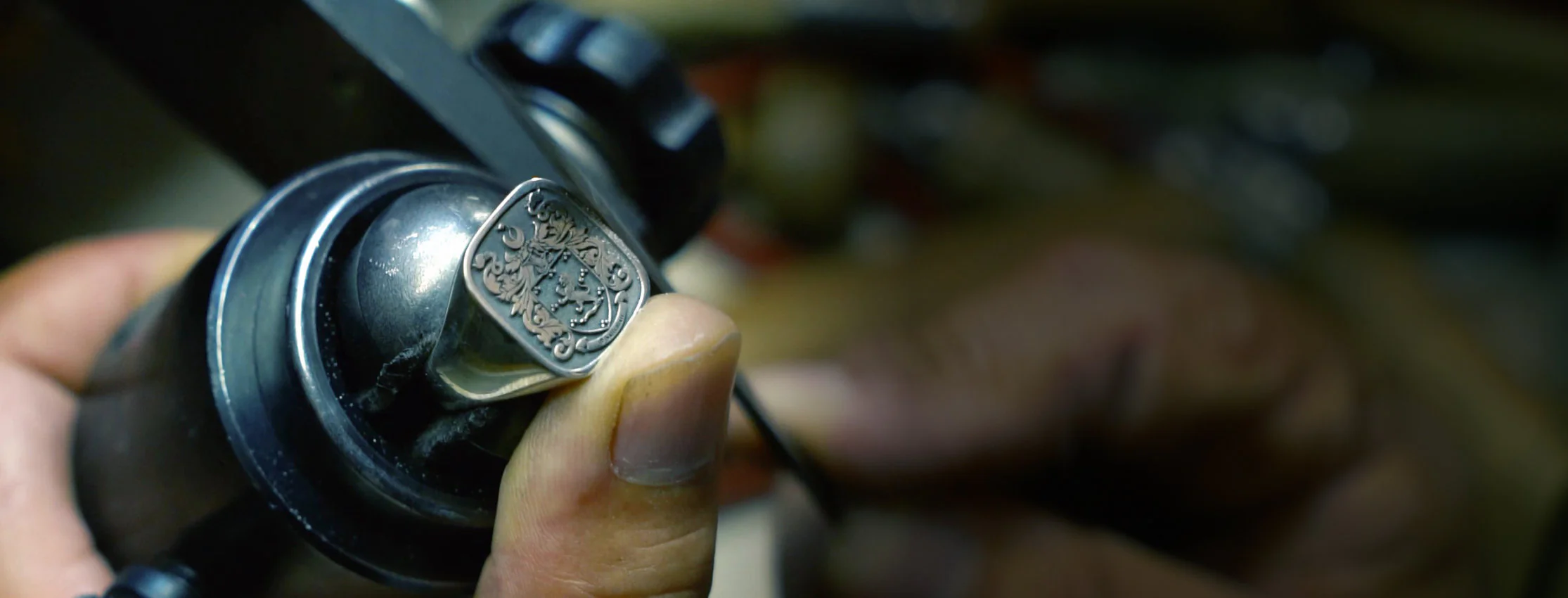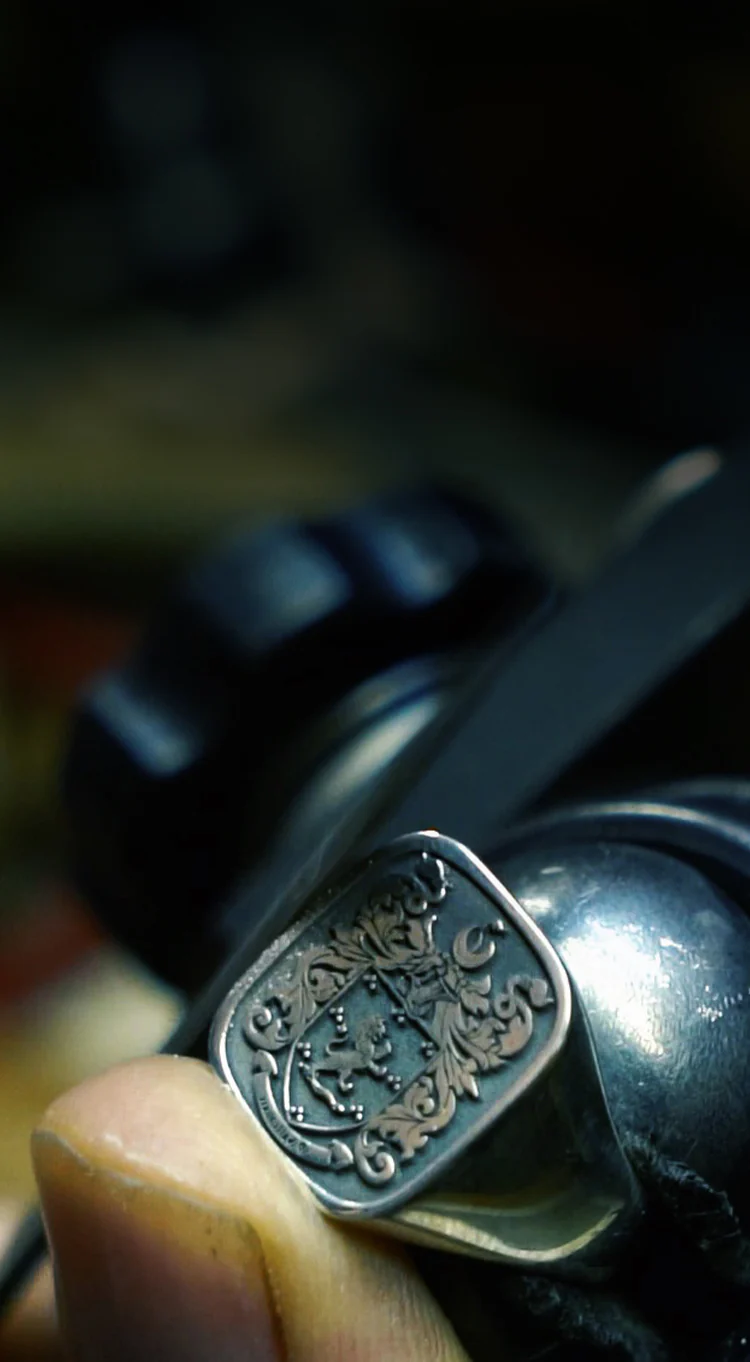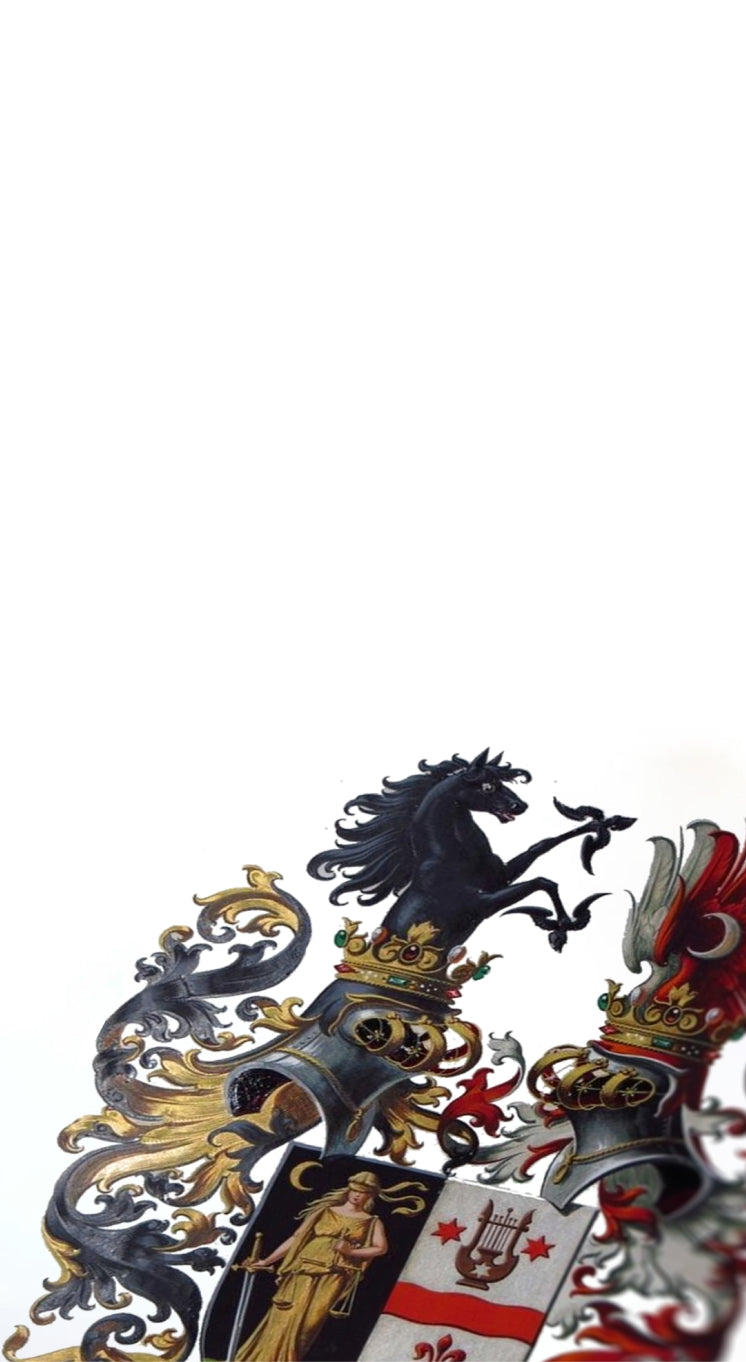The Medieval Church part 2
While bishops and priests worked among the people, guiding them toward God, another group chose a more secluded path. These men built monasteries, dedicating their lives to prayer, work, and worship.


While bishops and priests worked among the people, guiding them toward God, another group chose a more secluded path. These men built monasteries, dedicating their lives to prayer, work, and worship.

Duke William of Normandy had the sanction of the church for his expedition, and this is shown heraldically by the banner depicted in the Bayeux Tapestry; a red cross on a white background with a blue border. This was the flag that received the blessing of Pope Alexander. Although enjoying...
Duke William of Normandy had the sanction of the church for his expedition, and this is shown heraldically by the banner depicted in the Bayeux Tapestry; a red cross on a white background with a blue border. This was the flag that received the blessing of Pope Alexander. Although enjoying...

THE 3RD CRUSADE . The concept of Knighthood arose among the nobles and an esquires manor was rated according to the number of knights that were required in order to run their fiefdom. This system was in place in England and Germany by the 13th century. Thus these socio-ethnological foundations...
THE 3RD CRUSADE . The concept of Knighthood arose among the nobles and an esquires manor was rated according to the number of knights that were required in order to run their fiefdom. This system was in place in England and Germany by the 13th century. Thus these socio-ethnological foundations...

The Battle of Bannockburn 1314 . The military followers of the original conquerors in Europe were themselves divided into classes such as yeomen and petty land-holding farmers. From the aristocracy of the conquest of Europe came the knights, the leaders in the wars, and the common gentry, and those who...
The Battle of Bannockburn 1314 . The military followers of the original conquerors in Europe were themselves divided into classes such as yeomen and petty land-holding farmers. From the aristocracy of the conquest of Europe came the knights, the leaders in the wars, and the common gentry, and those who...



